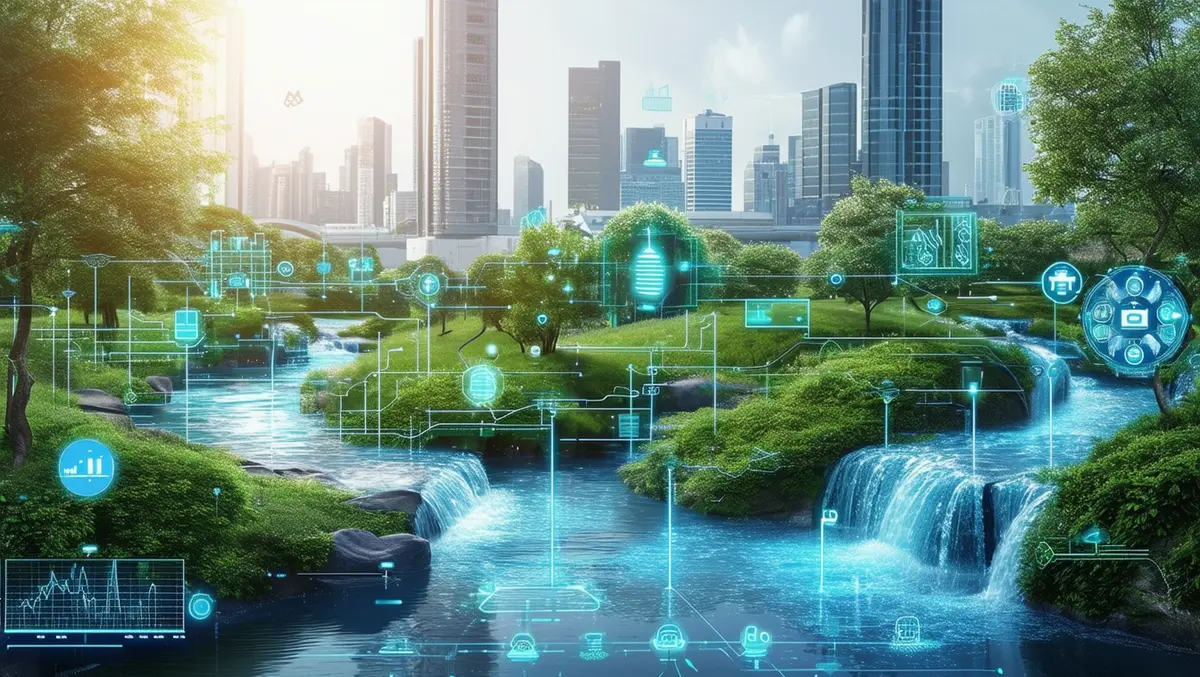
The role of IoT in smart water management
The UK has become wetter over the last few decades, according to a State of the UK Climate report published in 2023. What's more concerning is that climate projections show that, on average, winters will become wetter while summers get drier. For rain that does fall in the summer months, it's likely to be more intense, increasing the risk of flooding and the danger of surface water.
Communities prone to flooding, will have to find ways to handle these events – and look to innovative solutions to help mitigate the effects. IoT technologies that can collect, share and analyse data from water networks and systems offer the promise of more efficient ways of managing floods and stormwater capture and run-off, identifying mechanical malfunctions, and potentially curbing issues with pollution and sewage.
Extreme weathers on the rise
With extreme weather events on the rise, it's perhaps no surprise to see that utility companies are investing in smart technologies to boost their network resilience, according to our latest research.
What's clear is a need to build extreme weather events, like flooding, storms and other climate-related disasters, into the risk profile of every utility company. While advanced weather prediction tools topped a list of initiatives, there's also a focus on things like disaster response planning.
Pilot projects and proof of concepts will serve as catalysts in promoting initiatives like smart flood and stormwater management by providing a platform to experiment and optimise new technologies and strategies before rolling out programs on a larger scale.
For many organisations, this is well underway. Wi-SUN's 2022 IoT study examining levels of IoT maturity among global decision makers across a range of industry sectors revealed that half of organisations with smart IoT strategies have already successfully completed projects. This was an increase of more than 10% from our first IoT report published five years earlier.
Given the opportunities in the water industry – including smart metering and remote equipment monitoring – it's not surprising that sensors in the water and wastewater treatment industries are forecast to grow to $2 billion globally by 2030, according to a report published by IDTechEx.
IoT sensors can provide remote monitoring, maintenance, and assessment of data across a range of applications, from distribution pipelines and storage tanks to treatment plants and more. With the use of edge computing, big data and now with AI and machine learning technologies, IoT can enable the processing of large quantities of data, making it more manageable and useful for companies in the water industry.
The problem with water infrastructure monitoring in the UK is that it has been based on traditional SCADA systems, which do not provide sufficient insight to efficiently manage issues like fault finding and leak detection. According to Ofwat, leakage in England and Wales is at its lowest levels, but the water authority admits that companies need to go further to preserve water and better service customers.
The use of IoT sensors allows for real-time monitoring of water and wastewater networks, providing companies with a transparent view of their pipelines and operations. With predictive analytics, water companies can help conserve water and identify leaks, while maintenance teams are alerted to any problems and malfunctions on the network so they can be dealt with quickly.
Real-time monitoring systems also provide insights into the status of water collection systems, particularly when they are nearing or surpassing their limits. Such advanced tools can also identify areas with excessive runoff and allow for the necessary adjustments to flood water infrastructure.
Most importantly, IoT devices can help measure water quality and purity, ensuring compliance with water quality standards and providing data about the environmental impact of flood water.
But IoT innovation needs proven ROI. Employing IoT technology based on open standards will ensure reliability, resilience and security.
Communications technologies like cellular fail to offer the energy and cost efficiencies required, while struggling with often-challenging environments they operate in. Unlike standards-based field area networks (FAN) based on wireless mesh technology, which provide access to a wider choice of IoT device manufacturers, driving cost efficiencies and reducing the risk of vendor lock-in.
Flood and stormwater management solutions also need to cover a large area with a range of IoT devices – pressure sensors, flow meters, water quality and measurement devices – all without interoperability issues.
With the prospect of more flooding in the UK, water companies will need to make smart choices about how to manage the impact of these increasingly frequent and costly events.

